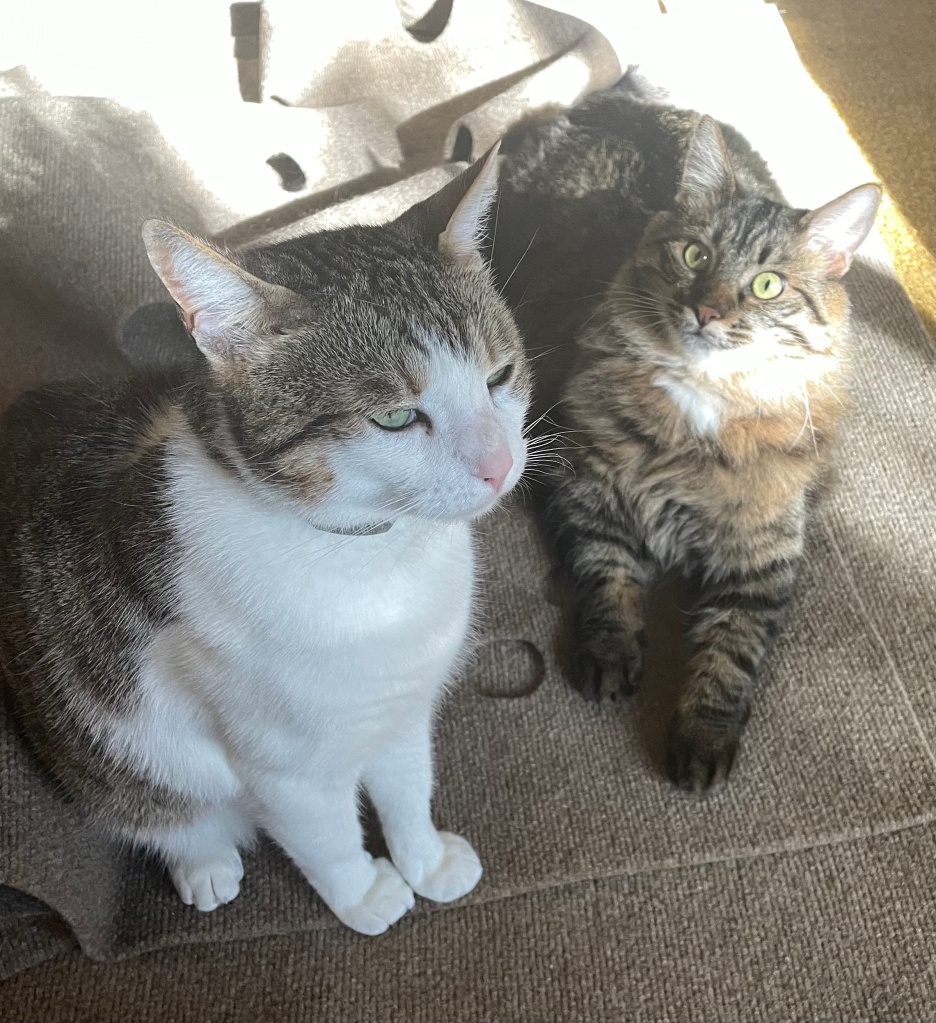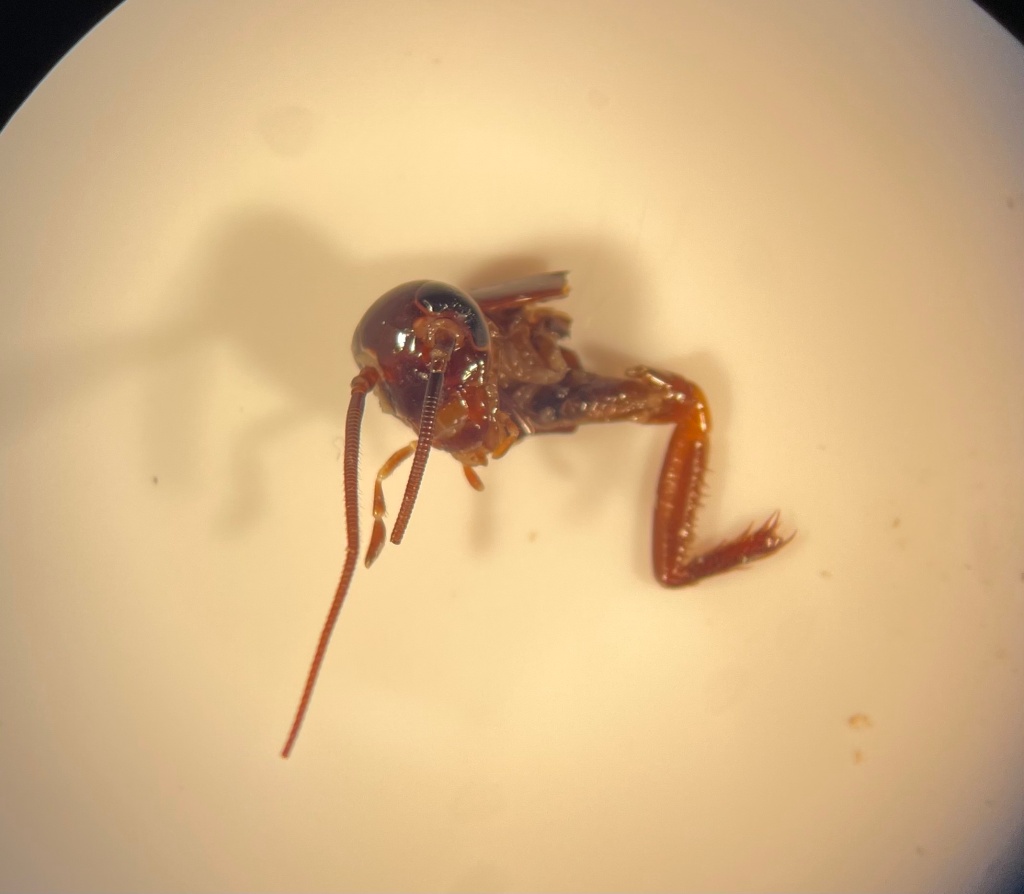Many of my colleagues have lived alongside nature since birth, but I grew up in Seoul, Korea, where people rarely pass a tree on their way to work, and their exposure to nature generally begins and ends with household pets. Although I came to grad school thinking that my interest in animals and nature might turn me into the typical image of an ecologist (one with hiking boots and binoculars wading through acres of grasslands), I guess the apple really doesn’t fall far from the tree. After exploring various systems from fish to insects, I have finally decided that the perfect system for me is the domestic house cat (Felis catus)!

If you ask any of my friends to describe me as a person, one of those descriptors is bound to be “a cat-lover.” A lot of people I know have and love cats, and being a cat person is no longer a quirky trait. I’m grateful that cats are finally getting the attention they deserve (though I love dogs too), but there is one thing that’s divided cat-lovers for almost as long as cats have been our companions: should we keep them indoors, or should they be allowed outside?

On one side of the debate, people are concerned about wild birds and other small animals. It is true that house cats are predicted to be responsible for deaths of 1.3 – 4 billion birds and 6.3 – 22.3 billion mammals annually in the U.S. alone [1]. On the other hand, people are hesitant to keep them indoors, because they worry that cats that are confined get bored too easily. As a person who cares about both cats and wildlife, I am interested in seeing if it’s possible to kill two birds with one stone (but not actually): can we maximize the welfare of cats while minimizing their impact on the local wildlife? Does accomplishing one actually help accomplish the other?
This spring, I will be conducting a survey of cat owners in Davis to begin exploring some of these concepts. I want to first get an idea of the cats that live in Davis: What percentage of cat owners allow their cats to roam freely outdoors? Are there differences in the lifestyle and behavioral tendencies of indoor-only vs. indoor/outdoor cats? Do cats that are not played with regularly actually have more behavioral problems, and do they relieve their boredom by hunting more outdoors when given the choice? Overall, I want to see how people’s decisions might influence their cats’ behavior, which could then differentially affect the surrounding wildlife.
While I’m still in the very early stages of my project, on days I’m not working on my survey, I am exploring ways I could measure hunting. One way I can get an idea of what kinds of animals the cat is hunting is by analyzing their poop! The fancy way to do this is through metabarcoding, which is a method used to identify all the DNA that is found in the scats. But before I get to that step, I decided to do it the old-fashioned way: collect a few samples, break them open and see what I find. So I got some poop samples from my neighbor’s indoor/outdoor cat, grabbed the necessary safety equipment (many pairs of nitrile gloves, my swim goggles, and N-94 masks), then got to work on my patio!


I was told by my neighbor that this particular cat loves bugs and lizards, and it was cool to actually see proof from the other end. After hours of very smelly digging and separating (and weird looks from people passing by), I was able to isolate some heads and legs of cockroaches, and even a foot of a fence lizard! It was amazing how well preserved these animal parts were. I’m excited to explore this method more, and also continue looking for other ways that could directly or indirectly measure hunting.
Some researchers recently found that playing with cats with an interactive toy every day led to a decrease in the number of prey items that they returned home [2]. There are many ways to engage your cats meaningfully indoors, and this study showed that doing so could actually decrease their impact on wildlife. Perhaps we have been using outdoor access to justify not providing what our cats need to be happy. Regardless of your current position on the indoor vs. outdoor debate, we should always take the time to try to understand the animal’s behavior and needs before deciding on what is best for them.
Many people consider cats to be low-maintenance animals [3] and don’t think they require as much time and energy as dogs do. In reality, becoming the primary caretaker of any companion animal is a lot of work, and being a cat owner is no exception. Simply letting cats go outside to “entertain themselves” isn’t always the best answer – cats that go outside need to deal with unpredictable cars, potential predators, and numerous other cats. By making sure we keep our cats engaged and allowing them to safely express their instincts indoors, we could be minimizing their impact on wildlife while also maximizing their safety and welfare. I hope that my research will help contribute to people’s understanding of cat behavior, and that we will eventually stop thinking of cats as an aloof, self-sufficient version of dogs, but rather as their own amazing selves with different needs and a special type of companionship to offer.

Hee Jin Chung (heejin@ucdavis.edu) is a 2nd-year PhD student in the Animal Behavior Graduate Group in Dr. Andy Sih’s lab. She is interested in the connection between behavioral ecology and animal welfare, and how people’s seemingly small decisions can lead to a large impact on wildlife.
References:
[1] Loss et al. (2013). The impact of free-ranging domestic cats on wildlife of the United States. Nature Communications, 4(1), 1396-1404.
[2] Cecchetti et al. (2021). Provision of high meat content food and object play reduce predation of wild animals by domestic cats Felis catus. Current Biology, 31(5), 1107-1111.e5.
[3] Grigg, E. & Kogan, L. (2019). Owners’ attitudes, knowledge, and care practices: Exploring the implications for domestic cat behavior and welfare in the home. Animals, 9(11), 978-990.
[Edited by Josie Hubbard and Maggie Creamer]